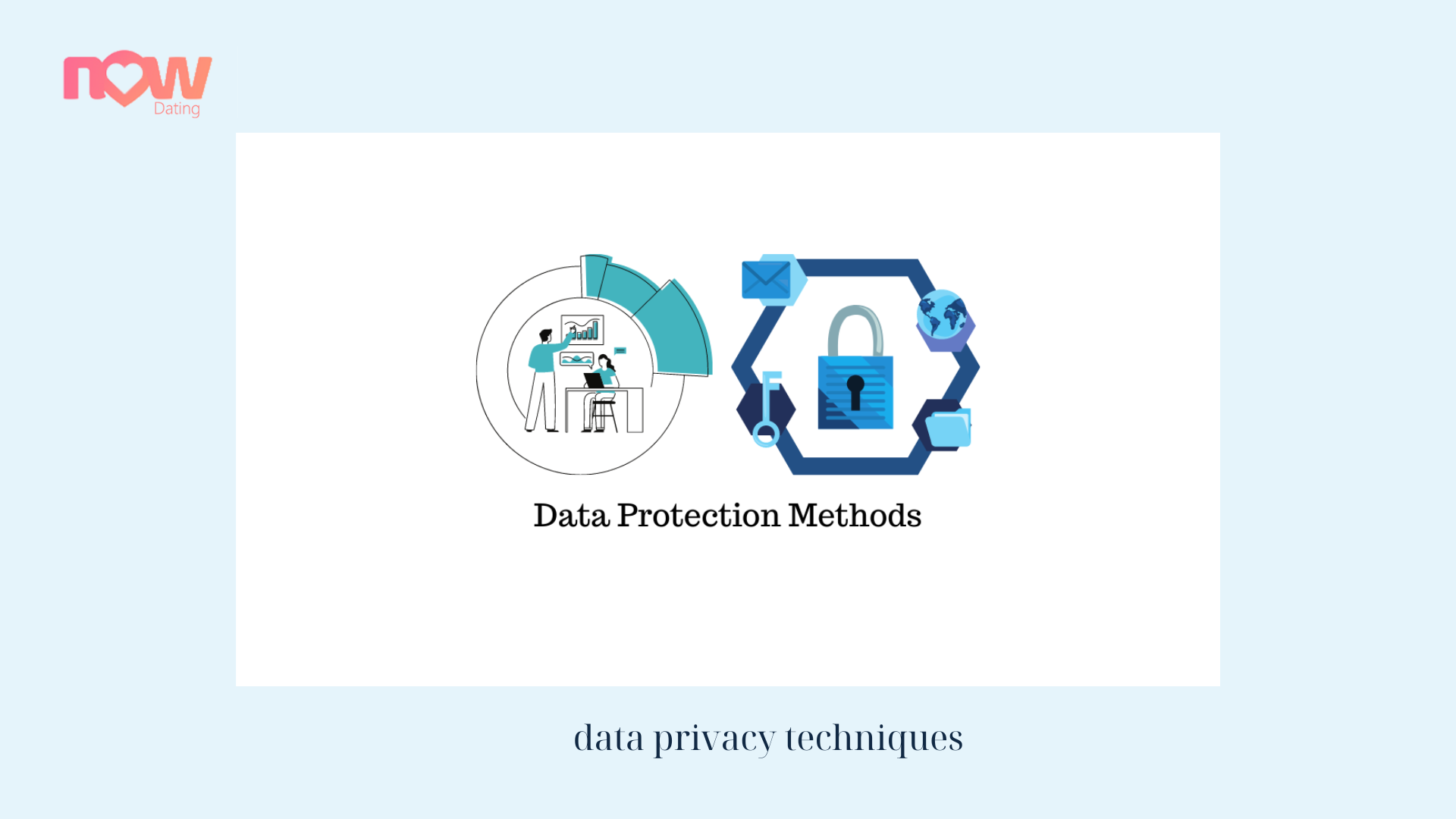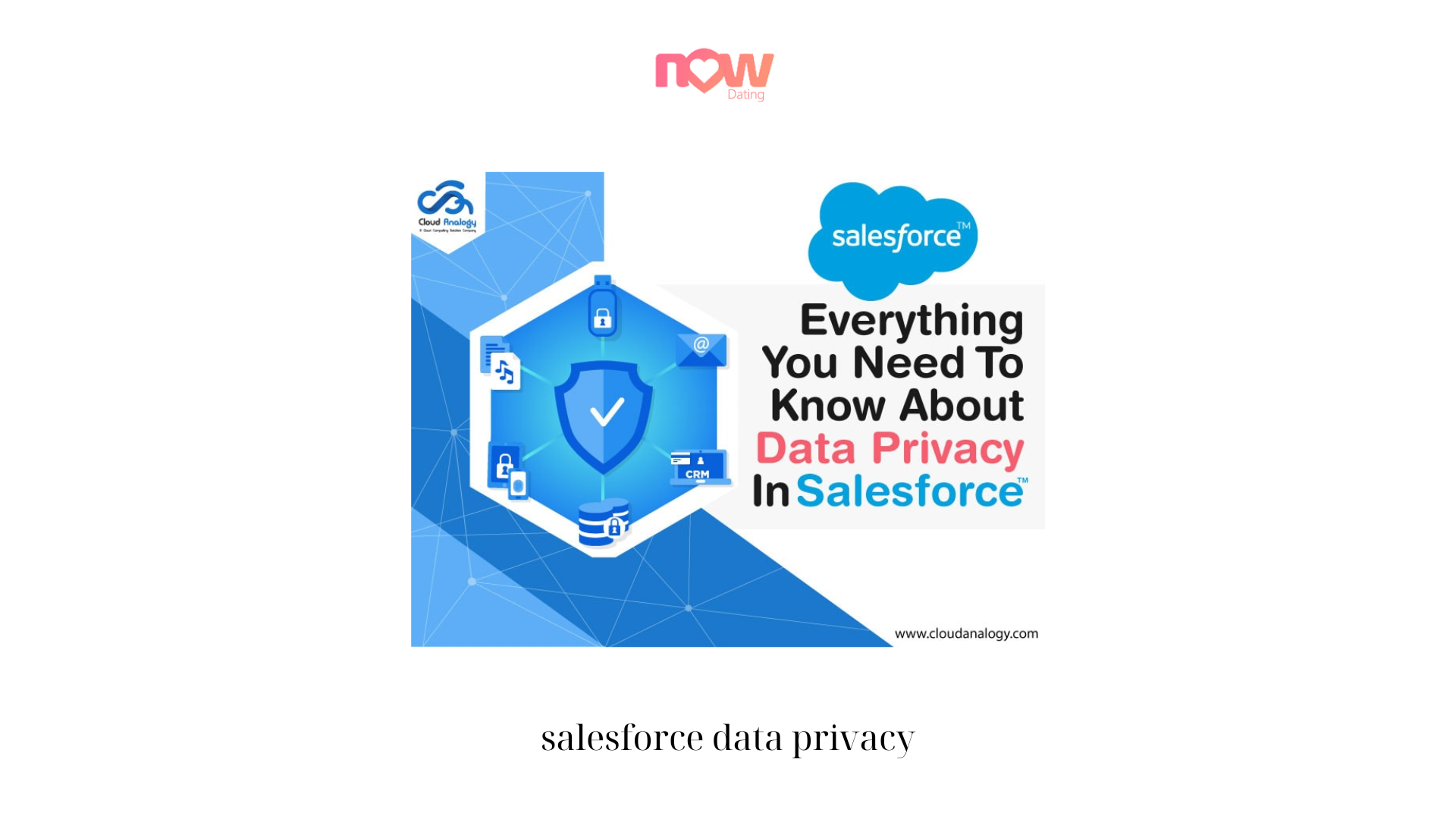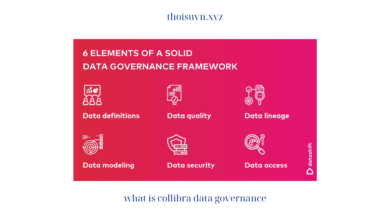
In today’s interconnected world, where data is generated and shared at an unprecedented rate, protecting sensitive information has become more crucial than ever. With the increasing frequency of data breaches and privacy concerns, individuals and organizations must employ effective data privacy techniques to safeguard their valuable data. In this article, Qule.info will explore various data privacy techniques that can help protect your sensitive information from unauthorized access and maintain your privacy in the digital age.
Data Privacy Techniques: Safeguarding Your Sensitive Information

Protecting sensitive information is of utmost importance in today’s digital landscape. By implementing a combination of strong passwords, encryption, data minimization, regular updates, secure storage, employee training, privacy impact assessments, secure disposal, and regular security audits, you can significantly enhance your data privacy. Remember, data privacy is an ongoing effort that requires continuous vigilance and adaptation to evolving threats. By prioritizing data privacy techniques, you can safeguard your sensitive information and maintain your privacy in an increasingly connected world.
- Understanding Data Privacy:
Before delving into data privacy techniques, it is important to grasp the concept of data privacy itself. Data privacy refers to the right to control and secure personal or sensitive information, ensuring that it is not accessed, used, or disclosed without proper authorization. This includes protecting data from unauthorized access, accidental disclosure, theft, or misuse. - Strong Passwords and Authentication:
One of the fundamental data privacy techniques is to use strong passwords and robust authentication methods. Choose passwords that are complex, unique, and not easily guessable. Consider using a combination of uppercase and lowercase letters, numbers, and special characters. Additionally, enable two-factor authentication (2FA) whenever possible, as it adds an extra layer of security by requiring a second form of verification, such as a text message or biometric scan. - Encryption:
Encryption plays a vital role in data privacy by converting sensitive information into an unreadable format that can only be deciphered with the appropriate decryption key. Implementing encryption techniques, such as end-to-end encryption or data-at-rest encryption, ensures that even if data is intercepted or stolen, it remains secure and inaccessible to unauthorized individuals. - Data Minimization:
Data minimization involves collecting and retaining only the necessary data required for a specific purpose. By minimizing the amount of personal or sensitive information stored, the risk of a data breach or unauthorized access is significantly reduced. Regularly review and delete any outdated or unnecessary data to minimize potential vulnerabilities. - Regular Software Updates and Patches:
Keeping your software, operating systems, and applications up to date is crucial for data privacy. Software updates often include security patches that address known vulnerabilities and protect against potential exploits. Enable automatic updates whenever possible or regularly check for updates manually to ensure that your systems are equipped with the latest security features.
- Secure Data Storage and Backup:
Proper data storage and backup strategies data privacy techniques are essential for data privacy. Ensure that sensitive information is stored in secure locations, whether it’s on-premises or in the cloud. Implement access controls and permissions to restrict data access to authorized individuals. Regularly backup your data and test the restoration process to ensure that you can recover your information in case of data loss or system failure. - Employee Training and Awareness:
Data privacy is a collective responsibility that extends data privacy techniques beyond technological measures. Educating employees about data privacy best practices and raising awareness about the importance of protecting sensitive information are crucial steps in preventing data breaches. Conduct regular training sessions, provide clear guidelines, and establish protocols for handling and sharing data to ensure that everyone in your organization understands their role in maintaining data privacy. - Privacy Impact Assessments:
Privacy Impact Assessments (PIAs) are data privacy techniques systematic evaluations of how a project, system, or process may impact an individual’s privacy. Conducting PIAs helps identify potential privacy risks, evaluate the necessity and proportionality of data collection, and implement appropriate mitigating measures. By incorporating PIAs into your data privacy practices, you can proactively assess and address privacy concerns. - Secure Data Disposal:
When disposing of data, whether it’s physical documents or digital files, proper disposal methods are vital to maintain data privacy. Shred physical documents containing sensitive information before discarding them. For digital data, use secure deletion techniques that overwrite the data multiple times to prevent recovery. Properly disposing of data ensures that it cannot be retrieved and misused by unauthorized individuals. - Regular Security Audits and Assessments:
To ensure the effectiveness of your data privacy techniques, it is essential to conduct regular security audits and assessments. Engage third-party experts to evaluate your systems, processes, and controls to identify any potential vulnerabilities or weaknesses. These audits help you stay proactive in enhancing your data privacy measures and addressing any emerging threats or compliance requirements.

Conclusion:
Protecting sensitive information is of utmost importance in today’s digital landscape. By implementing a combination of strong passwords, encryption, data minimization, regular updates, secure storage, employee training, privacy impact assessments, secure disposal, and regular security audits, you can significantly enhance your data privacy. Remember, data privacy is an ongoing effort that requires continuous vigilance and adaptation to evolving threats. By prioritizing data privacy techniques, you can safeguard your sensitive information and maintain your privacy in an increasingly connected world.
Conclusion: So above is the Data Privacy Techniques: Safeguarding Your Sensitive Information article. Hopefully with this article you can help you in life, always follow and read our good articles on the website: qule.info
Related Articles
-
Understanding What is Collibra Data GovernanceMay 25, 2024




